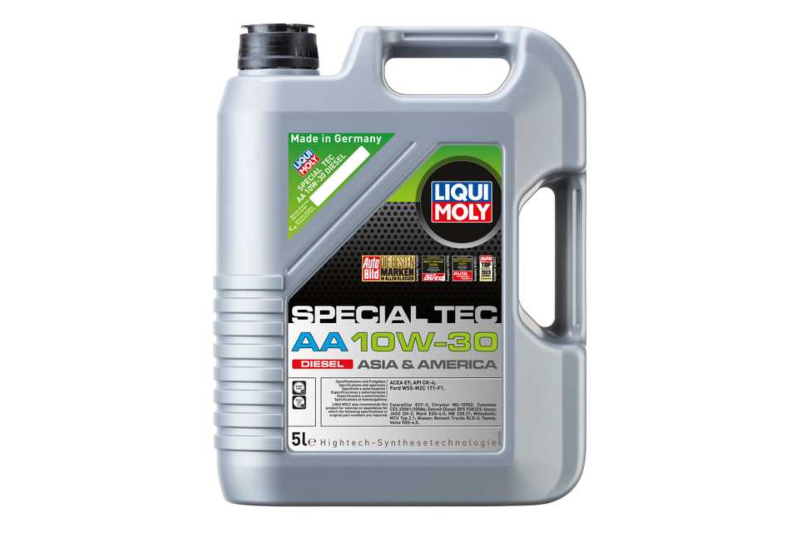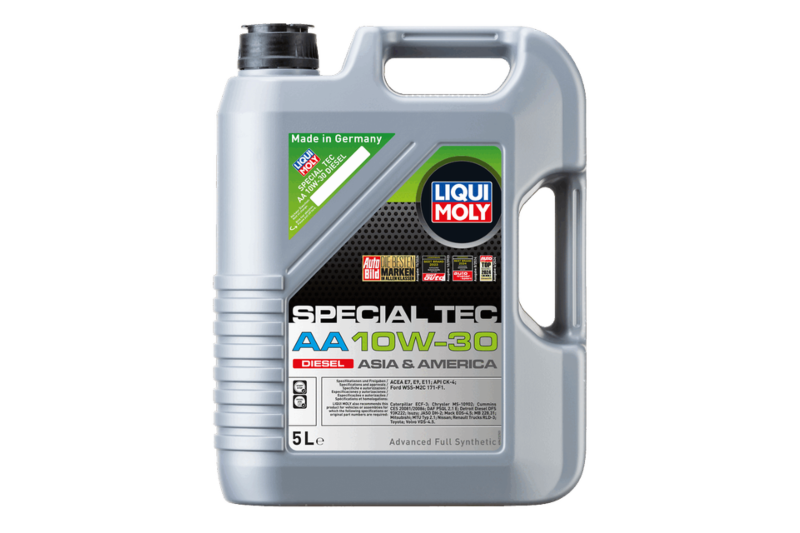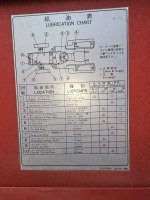Straight SAE 30 at one time was the best priced oil per quart here one could buy. Today, no so.
As these solar cycles keep increasing the heat for the next 11 years, SAE 30 is a good choice for these engines. Personally, I would go out in the extreme heat and work with equipment.
Some people blend or combine their oil grades. If the engine took 6 quarts, 3 would be straight SAE 30 and 3 would be 10W30. I do not know what this does mixing oil like this.
I snagged this from Quora again, it gives clues.
---
Answer (1 of 20): Is SAE 30 the same as 10W-30? No, it is not. The Society of Automotive Engineers (SAE) maintains standard J300 which defines these classifications. To be labelled 30 grade, the fluid must conform to two things 1. Kinematic viscosity at low shear rate and a temperature of 100...

www.quora.com
Is SAE 30 the same as 10W-30?
No, it is not.
The Society of Automotive Engineers (SAE) maintains standard J300 which defines these classifications.
To be labelled 30 grade, the fluid must conform to two things
- Kinematic viscosity at low shear rate and a temperature of 100 °C must be be equal to or above 9.3 mm²/s and below 12.5 mm²/s. (1 millimeter²/second = 1 centistoke)
- Absolute viscosity at a shear rate of 1 (m/s)/µm* and a temperature of 150 °C must be 2.9 mPa∙s or greater. (1 millipascal∙second = 1 centipoise)
Both SAE 30 and SAE 10W-30 must conform to these.
The winter number is the one next to the W. To carry the 10W label, the fluid must conform to two things.
- Apparent viscosity at -25 °C in a standard cold-cranking simulator must be 7000 mPa∙s or less.
- Maximum pumping viscosity of 60,000 mPa∙s at -30 °C with no yield stress.
Only the 10W-30 need conform to this. The straight SAE 30 does not, and can have huge viscosity and poor pumpability at low temperatures.
Kinematic viscosity is measured by method ASTM D445. That uses a capillary-type viscometer.
Absolute viscosity at high shear rate and high temperature is measured by a few equivalent ASTM methods D4683, D4741, or D5481. Those are tapered roller bearing type, tapered plug type, or capillary type respectively.
* Note: ASTM D5481 uses a slightly higher standard shear rate than the other two.
Low-temperature cranking viscosity is measured by method ASTM D5293.
Pumpability is measured by method ASTM D4684.
Background:
A monograde oil and a multigrade oil will basically act the same around 100 °C. That is a typical temperature in the sump of an engine, so the power it takes to pump the oil will be about the same. Simplistically, the total friction penalty to the engine and hence the fuel mileage will be the same.
The multigrade will act much better at low temperature because it will have much lower viscosity and much better pumpability. Especially in winter weather this means the starter motor will crank the cold engine easier, the oil pump won’t starve, and fuel economy while the engine warms up will be much better. Together with all this, protection of the bearings and cylinder kit at operating temperature will be basically equivalent.
History:
At first, engine oils were simply refined crude plus additives for various things like wear resistance, scuffing resistance, and oxidation resistance. Depending on the type of base stock, the viscosity would drop off with increasing temperature more or less. The term to quantify this is the viscosity index.
Starting in the 1970s, there came a desire to increase the viscosity index beyond what could be achieved with the straight base stock, mostly to improve startability in cold weather. So, viscosity index improver additives were invented. These reduced the viscosity loss that happens with increased temperature so lower viscosity base stocks could be used while still protecting the engine when hot. Hence the advent of “multi-grade” oils.
A multi-grade is blended by taking a low-viscosity base stock, with grade basically around the winter number, and adding viscosity index improvers to enhance the viscosity at high temperature. Packages using synthetic base stocks can be an exception, but for ordinary “mineral” oils, this is how it’s done.
As starter motor systems improved into the 1980s at some point they were powerful enough to crank the engine even with very high viscosity oil. At that point another problem reared it’s ugly head: gelling. The engine would start but the oil would not pump. It would be like jelly or wax, with the oil pump cleaving off a chunk and nothing flowing to fill it. This destroyed a rash of car engines.
In response, the industry added the pumpability requirement. The “no yield stress” criterion means the fluid must not develop any cleaving and must remain fluid so it can be pumped.
Finally, an additional requirement came into play (I’m unsure when, but I think together with the advent of viscosity index improver additives) because certain oils tend to lose viscosity when undergoing shear. This occurs in planar bearings, at the piston ring-bore interface, and at gear teeth interfaces where the temperature is high, there is sliding velocity, and the gap is small. The choice of 1 m/s velocity per 1 µm gap at 150 °C is meant to represent typical main bearing operation in a hot condition, at speed, and under load. Higher viscosity in these conditions helps ensure hydrodynamic separation of the solid (metal) surfaces, protecting against excessive metal-on-metal friction and wear.
References for SAE J300, ASTM D445, D4683, D4741, D5481, D5293, and D4684:
Engine Oil Viscosity Classification
Standard Test Method for Kinematic Viscosity of Transparent and Opaque Liquids (and Calculation of Dynamic Viscosity)
ASTM D4683 - 17 Standard Test Method for Measuring Viscosity of New and Used Engine Oils at High Shear Rate and High Temperature by Tapered Bearing Simulator Viscometer at 150 °C
Standard Test Method for Measuring Viscosity at High Temperature and High Shear Rate by Tapered-Plug Viscometer
Standard Test Method for Measuring Apparent Viscosity at High-Temperature and High-Shear Rate by Multicell Capillary Viscometer
Standard Test Method for Apparent Viscosity of Engine Oils and Base Stocks Between -10 °C and -35 °C Using Cold-Cranking Simulator
Standard Test Method for Determination of Yield Stress and Apparent Viscosity of Engine Oils at Low Temperature




